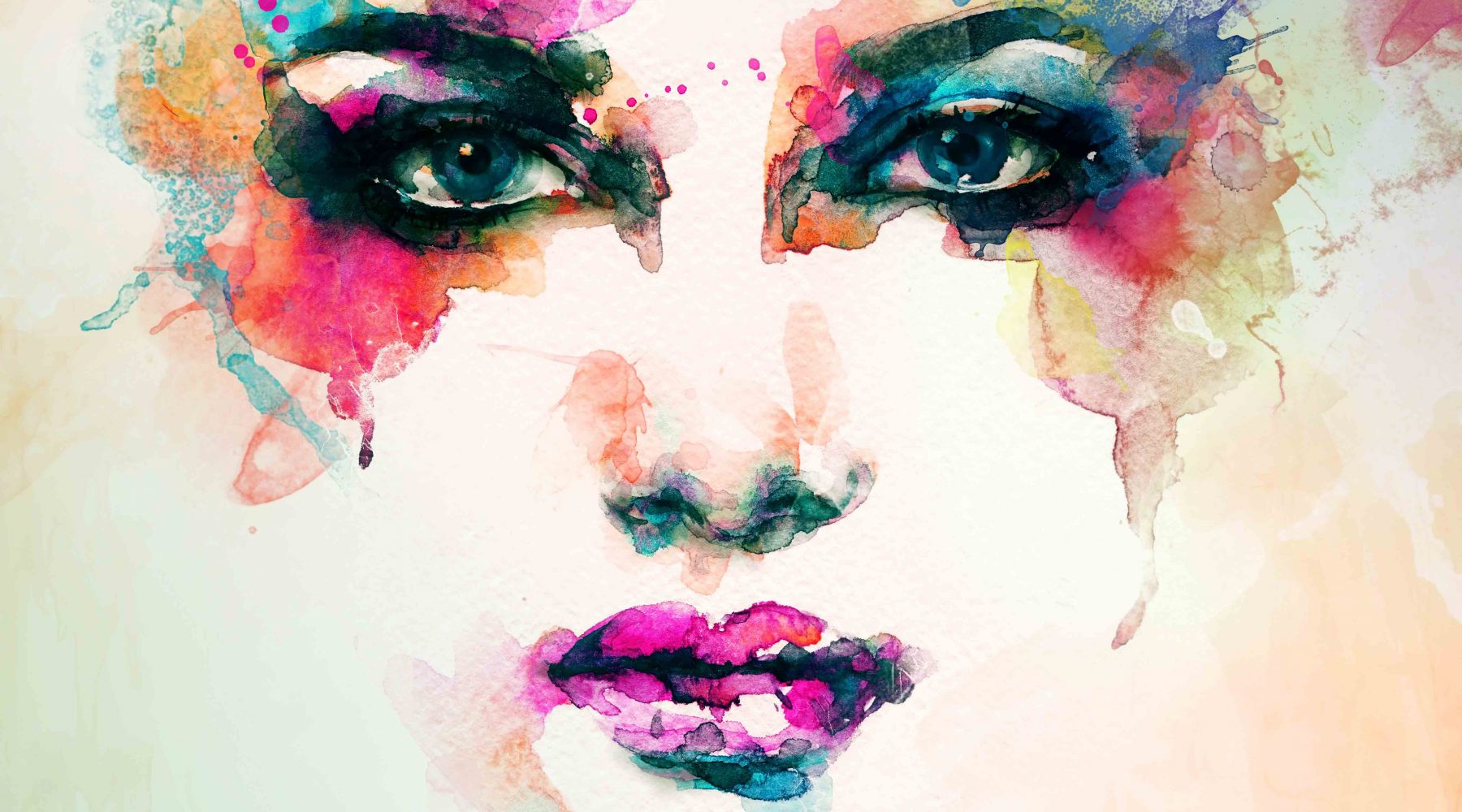
The New Puberty, by Amanda Dunn, explores how children are going through puberty earlier than ever before. In this extract, she looks at how we unconsciously value girls by their appearance.
‘I don’t want my daughter to grow up too fast, be taken advantage of, or feel pressured to do anything she doesn’t want to do. Younger puberty means a child may look older but emotionally and mentally still be 11. Scary!’
– Joanna, 34
The ‘Don’t you look pretty?’ line may seem innocuous enough, and in some ways, it is. The intention is almost always to make a girl feel good about herself. Trouble is, it also reinforces the idea that what’s most valuable about her is the way she looks, and that prettiness is a powerful currency, a view corroborated by a culture far too concerned with appearance and particularly with female attractiveness.
It hits girls particularly hard. We rarely say to boys: ‘Don’t you look handsome?’ We don’t often notice what they’re wearing at all, and they do not grow up as concerned about their physical appearance as girls. This is all reinforced by a culture that still gazes at the female form differently from the way it gazes at the male, and imposes strict ideals of attractiveness. Ironically, there is greater cultural freedom in the idea of what is female – a girl wearing jeans, a hoodie and short hair would barely raise an eyebrow, whereas a boy in a fairy dress would be a different matter. But that has more to do with the restrictiveness of gender roles than with body image.
I can hear you saying that boys are subjected to pressure – subtle and unsubtle – on body image too. This is true. There’s a great deal of money to be made at the intersection of personal appearance and human insecurity, so there is no reason to exclude half the population from it: aftershaves (or wait, are they ‘scents’ now?), hair removal, hair sculpting, muscle building, teeth whitening and tanning are becoming increasingly popular with men. Even the little fellows at my daughter’s child care have their hair artfully arranged into an upstanding wave design. God knows how much hair product those lads from One Direction go through each month, but every one of them has a living piece of installation art on his head.
Yet, despite this, it is girls who grow up with far more attention paid to the way they look, which they absorb and use to self- critique, sometimes with devastating consequences. That’s certainly the view of Dr Elise Holland, an academic at the University of Melbourne with a particular interest in body image. She says there is no question that girls are more profoundly affected by body image issues than boys.
A 2014 Australian study found that even very young girls – of primary-school age have absorbed cultural messages about female attractiveness and have begun to critique their own bodies accordingly. Sadly, we’ve all heard it before: ‘I’m too fat.’ ‘I have big thighs.’ ‘My friend is prettier than me.’ ‘My ears stick out.’
On and on it goes, into adolescence and, in many cases, through to adulthood and parenting. Some of us never really shake it off, no matter how much we understand it at an intellectual level – it embeds itself at an emotional level, cunningly making its way around rationality. The Australian study also found that young girls aged 6-11 years – so in many cases still pre-pubertal – reported levels of self-objectification that were similar to those of adult women (and much more pronounced than for boys). That is, they had unwittingly absorbed distorted cultural messages about gender, appearance and body size so effectively that they were critiquing their own bodies in the same way as adult women. This, in turn, was linked to body image problems and eating disorders in the children.
The idealisation of certain body types that children absorb through pop culture is a well-worn but nonetheless potent matter of concern on which we never seem to make much headway.
The depiction of women in magazines and films, on television and the internet, continues to present what for most people is an unattainable ideal of beauty.
And newcomers are adding to the carnival mirrors of body image, a good example being the ‘fitspiration’ or ‘fitspo’ movement on social media. This presents idealised images of extremely ripped, trim, Lycra-clad women, often glistening with beads of inspirational sweat and accompanied by motivational slogans. The movement has proto-feminist claims in presenting women as fit and strong – one of its catch-cries is ‘Strong is the new skinny’– but nonetheless it still presents a goal that is unattainable by most women.
There is also an ugly reality to contend with: the world is still not an equal place for females. Even though they generally outperform boys at school and outnumber them at university, girls can still look forward to unequal pay, they carry a far greater share of the housework and child-rearing burden, they are far more likely to be victims of family violence, and – perhaps most significantly of all – they do not expect to tread as smooth a path through life as boys. This remains the context in which we are raising our children and against which we must push, questioning our own assumptions and impulses.
The ‘Don’t you look pretty’ syndrome is so deeply ingrained in us that as parents it can take us by surprise, even those of us who work hard at teaching our kids that they are so much more than what they look like. I have had to think long and hard about this regarding my daughter. How often have I found myself browsing for clothing for her, thinking about how gorgeous she’d look in this or that, when the hard truth is that, as a three-year-old, she’s not in the least bit interested in her clothing: when I buy her certain clothes, I buy them for me. I buy them because I like seeing her in them, and even though I am not very interested in fashion myself, and am keen for my daughter to not become materialistic and vain, I nonetheless get a visceral pleasure from buying things for her – too many things. Put it down to some weird confusion of love, but it still all feeds into the issue about girls and their appearances.
So the question is: How do we stop ourselves from passing on our own neuroses and, in the modern parlance, general issues about body image, which many of us know from bitter experience can cause profound anxiety, self-loathing and unhappiness? This is a difficult question, but one we must make ourselves answer as we guide our children to adulthood. No-one, for instance, wants their child to be overweight – we are all aware of the physical, emotional and social difficulties that come with that, in childhood and in adult-hood. But neither do we want our kids to be constantly worrying about their size and shape, feeling insecure or anxious about it, prone to bouncing from one unhealthy fad diet to another or, in extreme circumstances, developing an eating disorder. Walking that fine line is a real challenge, and before we can meet it, we first need to do some hard work on ourselves – although this is particularly complicated for women, for the reasons already mentioned.
This is an edited extract of The New Puberty by Amanda Dunn, out now from MUP. RRP Paperback $24.99, Ebook $12.99.
Readers of The Parents Website can enter the discount code NEWPUBERTY25 to receive 25 per cent off the paperback RRP at mup.com.au
Like this post? Please share using the buttons on this page.
Subscribe to The Parents Website

